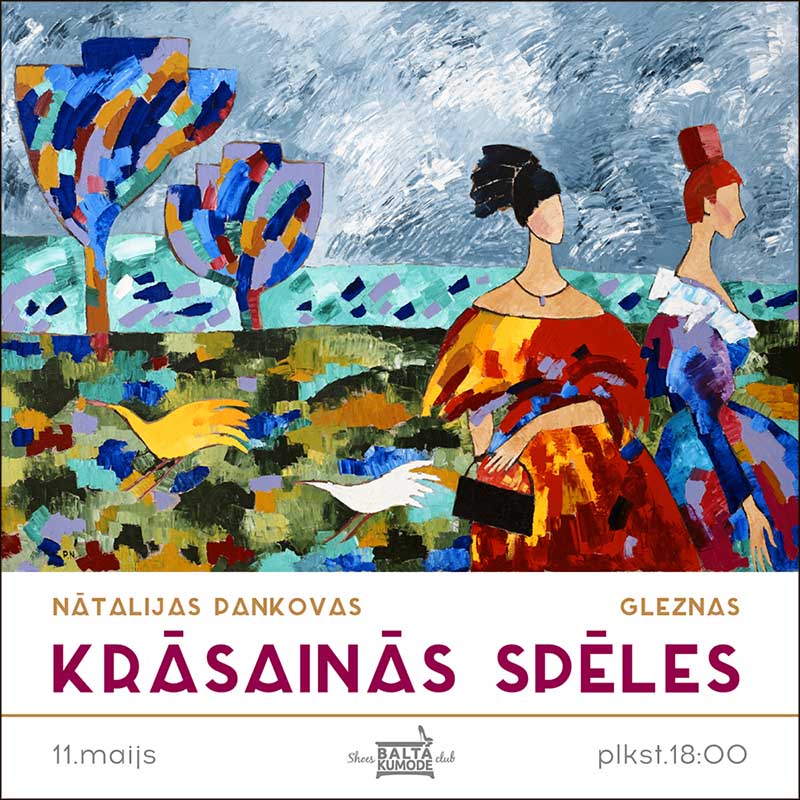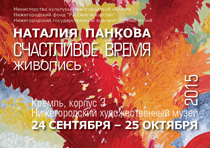The painting of Natalia Pankova, an artist from Nizhny Novgorod, marks a pretty extraordinary phenomenon in Russia’s contemporary creative environment. As the sentiments of indifference and weariness grow and take root, and the relishing of degradation and ghastliness devours art, her paintings set a tone of solemnity. Incarnated in impetuous stirs of painted multitudes, energy of silhouettes and, above all else, the vivid sonority of color, hard-edged and adamant, they withstand dreariness, bring joy and inspire. This is something very different from the skeptical rummaging of murky images of the past and brutal scenes of today, which we see so often flaunt in galleries and halls of diverse kinds. At this complex point in history, still transitory and mostly undiscovered, Pankova positions herself on the side of romantic and masterly art. All the motifs of her painting testify this: an exotic landscape, a fancy-dress portrait, the portrayal of traveling, feasting, promenading people in fair attire. The artist brings us to a dazzling and lofty world bereft of pains and reminding of human liberty, of pride and beauty that do exist, and of realms where dream dwells in its natural embodiment.
Plunged to certain extents into the challenges of the century, straining our nerves in expectation of happier times, we have somehow forgotten about the ingenuousness of nature, the loveliness of women’s faces archly shaded with large hats, the fancy of garments, the exquisiteness of a bouquet on a table, the aristocratic look of southern trees and the staggering blue of the boundless sky. Pankova reminds us of this in a relaxed manner, vigorously pouring onto a painting the energy of diversely directed strokes and the collisions of color planes diluted with monochromatic shapes that create indispensable pauses in this astounding gyration. At the same time the amplification of human and natural dominants bestows an image an essential scale thus imparting artistic integrity to it. All this proves the effectiveness of Pankova’s creative approaches: steadiness and impetuosity co-exist there in complex harmony. It is in this intricacy of relations, and the opposition of the big and the small contrasting primitive pastiche that the concatenation full of active romantic meaning takes shape.
The quest of the Nizhny Novgorod artist is a rare occurrence. The painting that one is expected to call decorative radiates the conception of man and world and thereby satisfies a contemporary person’s need for emotional, active and visually exquisite art.
Dr of Fine Arts, Pr I. Svetlov. 1999. Moscow
























